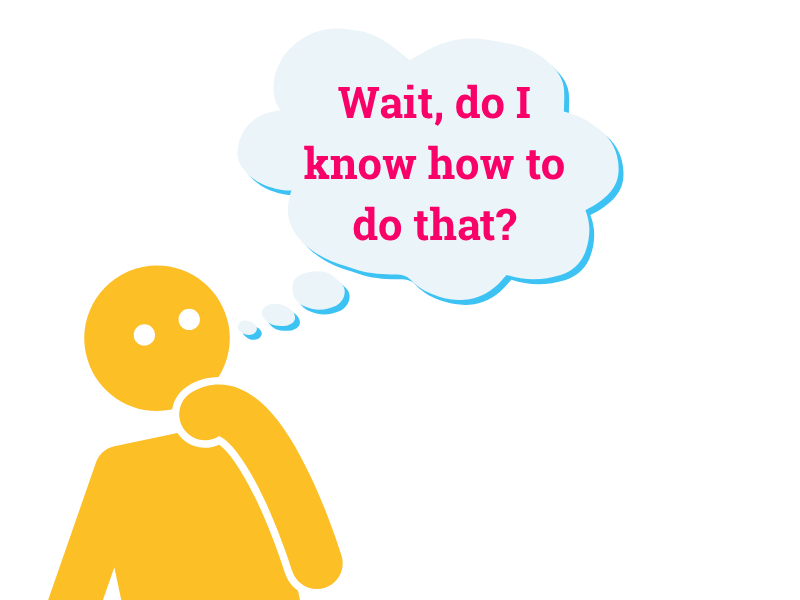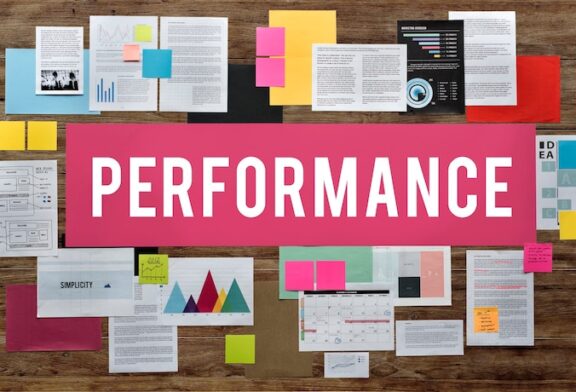Let us set the scene, it’s 2025, and you’re reading another think-piece about the skills economy. It says things like “skills are the new currency” and “roles are dead”. You nod along, sip your flat white (or matcha latte), and then glance at your team dashboard and realise:
You have no real visibility of off skills your people have.
Worse still? They don’t either. Probably because the last time they were assessed was in their interview.

Is this something you should know?
In an ideal world, yes. But in our work with hundreds of organisations, one uncomfortable truth keeps coming up which is that people don’t really know what they’re good at.
Their managers aren’t sure either. And no one can say, with confidence, where the gaps are.
It’s not because people don’t have defined skills, it’s because there’s no shared common language, visibility, and no living record of what those skills are and how they evolve and actually, there is no framework like this.

Enter: the 2025 Skills Economy
The skills economy isn’t a buzzword anymore, it’s a business reality.
Work is changing faster than job titles can keep up. New technologies, evolving roles, shifting strategies… The question facing organisations today isn’t “Do we have enough people?”, it’s:
Do we have the right skills to move forward?
And the question facing employees?
Am I still relevant? What’s next for me?
So, how do we answer those questions?
It starts with visibility.
Not just into org charts or CVs, but into actual skills. We’re talking:

Think of it like a personal skills CV that lives inside the business, not just on someone’s LinkedIn profile.
The Clarity Gap: What “Good” Looks Like
Here’s the kicker: a lot of employees think they’re doing well. And in some cases, they are. But when managers and team members don’t share a clear understanding of what “good” actually looks like, development stalls.
We hear this all the time:

This isn’t a feedback issue. It’s a visibility and language issue.
The Fix? Start With the Role and Enrich it
In our first “The Success Circles Framework” blog series, we introduced The Success Circles Framework, a model for linking what people can do, how well they do it, and where they want to go.
This challenge, understanding skills in the first place, is step one. Because before you can develop people or plan careers, you need clarity on what their starting point actually is.
That’s where our AI-assisted Competency Framework comes in.
At StaffCircle, we’ve built tools to help organisations:

Instead of starting from scratch, you’re starting with something smart, relevant, and contextualised. (And no, it won’t take three weeks and four stakeholders to get there!).
Your integrated framework could look something like this:

From Insight to Action
Once you’ve got enriched roles and visible skill data, you can:
- Build individual skill profiles (Integrated Framework)
- Perform skills assessments as part of your One2One’s (Assess)
- Then create learning paths that actually make sense (Train)
- Ensure the training has been absorbed and can be applied (Validate)
- Spot skills gaps at team or org level or single person dependencies (Analyse)
- Encourage teams to align feedback with skills or values (Engage)
- Employee Performance is measured and integrated into development (Perform)
- Inform succession planning and career pathing (Promote)
No more guesswork. No more “gut feeling”. Just clarity, and here is one we made earlier:

So, do you know what you’re good at?
Take a moment. Can you describe your top three skills? Do you know what separates an intermediate from an expert in your role? Could your manager answer the same questions about you?
In the 2025 skills economy, this isn’t just a nice-to-have, it’s a must-have. Because talent without visibility is like a compass without a map: full of potential, but going nowhere fast.

It’s time to stop Excel insanity
We’re here to help organisations bring clarity to chaos, without turning everyone into spreadsheet zombies. You deserve better than this:

TL;DR
- Empolyees and managers often lack clarity around skills
- The skills economy requires shared language and continuous visibility
- Person skill CVs and enriched role profiles are the future
- StaffCircle helps make that future less terrifying and more actionable





